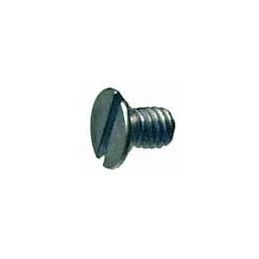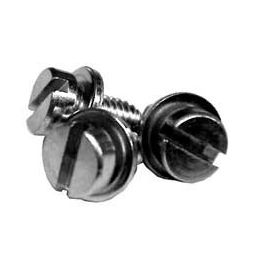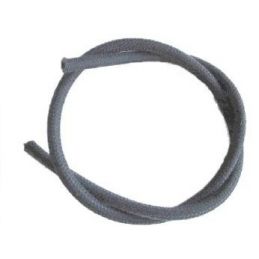Hard Start
-Written by Steve Phillips for Hot VWs magazine-
In this article, I’ll be talking about an aftermarket relay called a Hard start. (No, it’s not a hammer). “Alright, Steve. What is it? Do I need one? What does it do?” First, we will address whether you need one and then I’ll give you all the details you’ll need for installation. Do you ever find yourself turning the ignition switch, but you just get clicking? You have replaced the switch, the starter, the battery, etc.… still, nothing seems to cure it? If yes, you would probably benefit from one of these. This magical cure is a relay, or in the case of 6-volts, a solenoid. The purpose is to shorten the path of electricity. These cars use DC (direct current). DC does not travel well. In other words, we lose some amperage as it travels. That’s why we have AC (alternating current) in our homes. We run into problems because of where our batteries are in the car as related to the switch. The battery is all the way in the back and the ignition switch is in the front. The current comes out of the battery, up to the switch and then back to the starter. The starter takes a lot of amps to work. Sometimes there just aren’t enough amps to work the starter. This relay shortens the path. The relay, when activated, takes the path of current from 16 plus feet to about 1 foot. The relay, itself, takes very little amps to activate. Pretty cool, huh?
Let’s talk about 6-volts, as they are more likely to need one than the 12-volt cars. I have had 6v’s where you hit the key to work the starter and the engine will turn over, but it doesn’t fire. As soon as I let loose of the starter with the key, it starts. What the heck is that about? What’s happening is the starter is taking all the current and there isn’t enough left over for the coil. As soon as the starter stops, the current is there for the coil. Well, that sucks. A "hard start" will cure this; as well as the starter not having enough current to turn over. On 6v cars there is not a "relay" that I know of that exists. What I use is a Ford 6v starter solenoid. I mount this somewhere close to the starter. It will have two big posts on it and one small post. To wire it, first, disconnect the battery and mount the solenoid. Now, grab some 10-gauge red wire. Crimp on an electrical ring terminal that will fit on the back of the starter, where the big battery cable is. You will run this wire from that point to one of the big posts on the Ford solenoid. Then from the other big post on the solenoid, you will run the same red gauge wire to the push-on connector of the starter. The wire you took off the push-on, will connect to the small post on the solenoid. That’s it, now, you’re clear to hook the battery up.
On 12-volt cars we have a relay. You can buy just the relay, or you can buy a kit. The kit comes with a nice plug, wires, ends, and instructions. This is my preferred way to go. You can also use a 12v Ford solenoid and wire just like I explained on the 6v one, but I still prefer the relay. When it comes to wiring, your yellow wire goes to the number 30 on the relay and to the same terminal as the battery cable on the starter. Red goes to the 87 terminal and to the push-on connector of the starter. Blue goes to the 86 terminal and connects to the wire you took off the push-on from the starter. Brown goes from the 85 terminal to ground. On some kits, there is a black wire, but we will not be using that. I cut that wire off the plug. Trick of the trade here: once it’s wired, take the plastic bag that the kit came in, place the relay in it and then zip tie the bag to the positive battery cable that goes to the starter. The bag keeps water and dirt out of the relay. That’s it!
The way I see it, 6-volt cars, about half of them will need this. On 12-volt cars, I only do this when it’s my last resort. I make sure I have a good starter, first. Which, to me, means a new or rebuilt Bosch. I make sure my ignition switch is good. If you hit the key and the starter is clicking, then the ignition switch is most likely good. If you hit the key and you’ve got nothing, then the ignition switch is probably bad. Make sure your battery is good. If this is all good and you still have the clicking problem, then, do this hard start. I’m not big on adding relays if it isn’t necessary. It’s just another thing to go bad. For those of you looking for that magical cure, there you have it!







